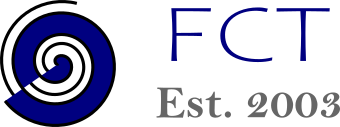Nutraceutical
Fine Chem Trading LTD
Medicinal Plants and Herbal Supplements
Our supplier of medicinal plants and herbal supplements was founded in 1999 with the objective of sharing Peru’s best natural products with customers all across the globe. Originating from Peruvian ancestral wisdom and the wealth of the country’s Amazonic, Andean, and coastal nature, the following supplements and medicinal herbs are favoured by locals and foreigners alike.
Our partner’s primary goal is to produce top-quality natural products and enable herbal medicine enthusiasts worldwide to benefit from the natural resources of Peru. The supplier is GMP and ISO 9002 certified.
Disclaimer: Products on this page are not intended to diagnose, treat, cure, or prevent any disease.
Note: We can only accept enquiries from companies. We do not sell or distribute products to individuals.
Caigua: helps regulate the fat metabolism reducing blood cholesterol. Recommended in the treatment of hypertension.
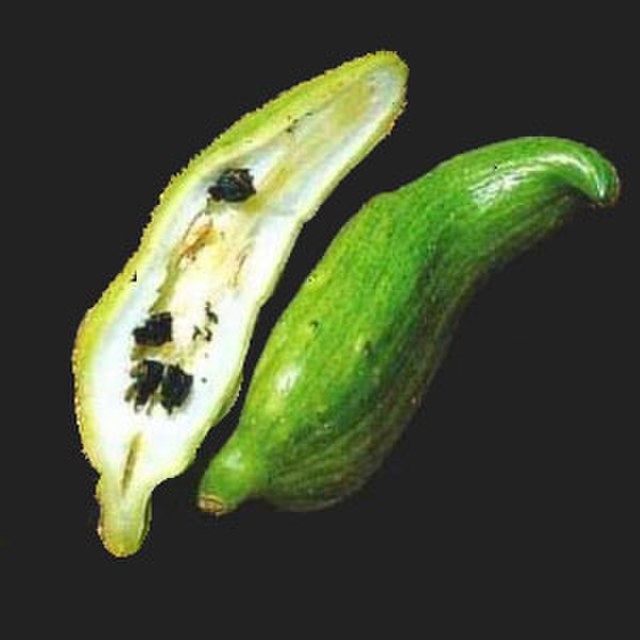
Because of it’s hypocholesterolemic and hypolipemic effects it is an ideal complement for people with overweight and high cholesterol problems. Seeds are recommended in hypertension treatment.
Peruvians use to eat Caigua (fruit) in their normal diet. A series of clinic studies have proven it’s beneficial effects on human health, so it can be catalogued as a functional food. Caigua’s main benefit is to reduce blood cholesterol levels. With this respect it has a double positive effect: on one side it helps to reduce LDL cholesterol, as known as bad cholesterol, and on the other hand, it helps to increase HDL cholesterol known as good cholesterol. Because of this double effect Caigua is an ideal complement in hypercholesterolemia treatment. One of the clinic studies performed in Universidad Cayetano Heredia (unicentral, randomized, double blind) with post menopause women determined that treatment with Caigua achieved to reduce from 75% to 12,5% hypercholesterolemy prevalence. Another study in humans demonstrated that Caugia treatment normalized cholesterol levels in 82% of hypercholesterolemic people treated in this study. Additionally anti-inflammatory and analgesic effects are attributed to this fruit while hypotensive effects are attributed to its seeds. This is considered as non-toxic product.
Chancapiedra: recommended to eliminate gallstones and kidney stones as well as to treat kidney inflammation.
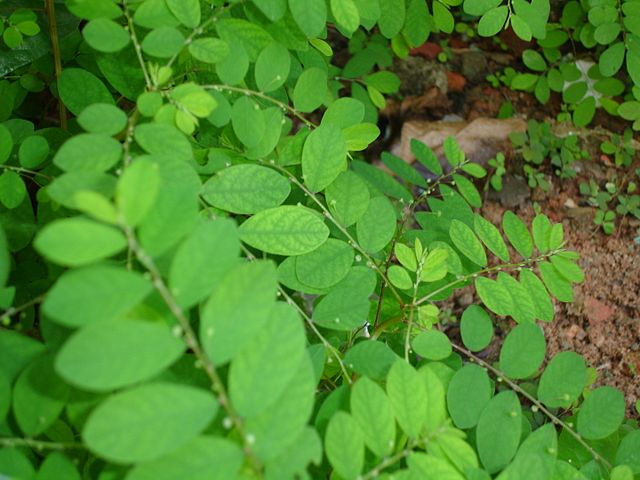
It is a small erect annual wild bush growing up to 30 to 60 cm in height. Its leaves are 7 to 12 cm long. Its small fruits measure 2 to 3 mm in diameter and are inside a compressed capsule. It has a long root, as well as triangular seeds.
It is indigenous to the Amazon’s rainforest and other tropical areas, including the Bahamas, India and China.
The antispasmodic activity of alkaloids in Chancapiedra was documented by Brazilian researchers in the mid 1980’s. The alkaloid extract demonstrated smooth muscle relaxation specific to the urinary and biliary tract, which the researchers surmised would facilitate the expulsion of kidney or bladder calculi. The antihepatotoxic (liver protecting) activity of Chancapiedra was attributed to two compounds called phyllanthin and hypophyllanthin.
Glycosides found in Chancapiedra demonstrated Aldose reductase (AR) inhibitory activity in studies conducted by a Japanese research group in 1988 and 1989. The analgesic activity of Chancapiedra was demonstrated in 1994 and 1995 by another research group in Brazil. The diuretic, hypotensive and hypoglycemic effects of Chancapiedra were documented in a 1995 human study which showed a significant diuretic effect, a significant reduction in systolic blood pressure in non-diabetic hypertensives and blood glucose was also significantly reduced in diabetic patients taking Chancapiedra for 10 days.
Chancapiedra gained world-wide attention in the late 1980’s due to the plant’s antiviral activity against Hepatitis B. Preliminary clinical trials on children with infective hepatitis showed promising results on that regard.
Numerous studies aimed at demonstrating the efficiency of the antiviral activity of this species have been conducted in the last decade.
The most recent research on Chancapiedra reveals that its antiviral activity extends to human immunodeficiency virus (HIV). A Japanese research group discovered HIV-1 reverse transcriptase inhibition properties in 1992 with a simple water extract of the plant. Therefore, it is necessary to deepen the research on this species to be able to determine its true medicinal potential.
Therapeutic indications:
Therapeutic action has been acknowledged in the following pathologies: asthma, pimples and blackheads, dermatosis, eczemas, gangrene, icterus, malaria, allergic rhinitis, shigellosis, urticaria, biliary reflux, dysentery, excoriations, hydropsy, lithiasis, nephritis, salmonellosis, syphilis, ulcers, urethral secretion, amenorrhea, cancer, diabetes, whitish discharge, hemorrhages, uterine colic, pruritus, scabies, vesical tenesmus, torpid ulcers, skin diseases, urogenital infection, stomach inflammation, malarial fevers, urinary tract calculi, renal disorders, mouth and throat infections, venereal diseases, biliary calculi and hepatic diseases.
Pharmacological information:
Clinical studies
Its beneficent effect for the liver and the results in the treatment of icterus have been proved in a clinical research by Dixit and Achar (1983) and by Syamasundar et al. (1985). This verification led to studies related to its possible action against hepatitis, especially against hepatitis B.
In 1982, a group of Indian scientists led by S.P. Thyagarajan proved in vitro that the extracts of this plant deactivate the surface antigen of the hepatitis B virus. This finding was verified by Venkateswaran et al. at the Chase Cancer Center of Philadelphia, who made experiments with the marmot’s hepatitis virus, because its biological behavior is very similar to human hepatitis B.
Since last century, scholars of different countries have emphasized its beneficent action as diuretic; in 1941 Van Der Woerd conducted controlled tests and had a positive results on such regard.
Its traditional use in the treatment of diabetes has been confirmed by the experimental works by Ramakrishnan et al. (1982), who used water extracts of the plant orally. They verified a clear hypoglycemic activity in rabbits.
Hercampuri: used in the treatment hepatic affections and as blood purifier. Contributer in weight loss and cholesterol treatments. It is also highly recommended to treat liver and gall bladder problems and used as a general detoxification agent.
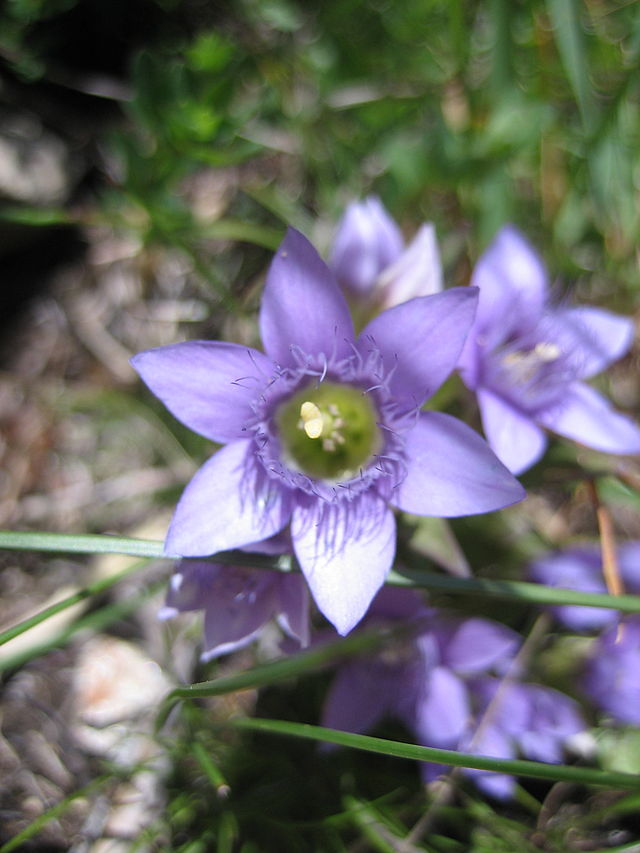
Healers from the Inca Era already used Hercampury. Its name comes from quechua word “Hjircan Pureck”, which means “the one who walks from town to town” referred to the medicians who used this herb and traveled all towns using medicinal plants. Hercampury is a great fat-metabolism regulator; hence it is used to reduce exogenous type obesity. Due to the high amount of bitter substances of the plant, Hercampury is an excellent hepatic depurative, exercising its colagogue activity. This way it reduces LDL cholesterol levels, known as bad cholesterol, transforming them into bilinary acids. The plant’s colagogue action facilitates bile secretion and as coleretic helps its excretion. Hercampury is used as a general detox-agent. Several studies performed at Universidad Nacional Mayor de San Marcos confirm these properties. Studies on acute toxicity determined the plant is innocuous, that is without secondary effects.
Maca: premium level natural energizer and stress reliever that acts as nutrient, restorative and stamina enhancer hence helping to cope with mental and physical tiredness. Proven fertility enhancer. Recommended as collateral in the treatment in menstrual irregularities and menopause problems. Used as aphrodisiac.
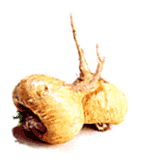
Maca, also know as Peruvian Ginseng, is a Peruvian plant cultivated between 3500 – 4500 m.a.s.l., that already had an important role during the Inca Empire, where it was used as part of feeding ration given to the best Inca warriors, to have more energy, strength and vitality. At the present time its nutritional value has been acknowledged. For this reason NACA uses Maca within its nutritional program and also FAO includes it in its list of products to fight against nutritional problems.
Maca’s nutritional value comes partly from its high protein content and the quantity of amino acids (18 amino acids including 7 of 9 essential amino acids), carbohydrates and other compounds as fatty oils (2 of 3 essentials), minerals and vitamins. Maca’s therapeutic effects are due to the presence of secondary metabolites like alkaloids, glucosinolates, sterols, phenolic compounds and others, that have been analyzed in a series of studies performed in Peru and other countries.
Because of Maca’s physical and mental energizing effect it is an ideal supplement for vast range of people, for sportsmen/women to students, professionals, older people and others.
Sangre de Grado (Dragon’s blood): natural cicatrisation agent recommended especially in the treatment of ulcers and gastritis. It’s known to have antibacterial, antiviral and anti-inflammatory properties.
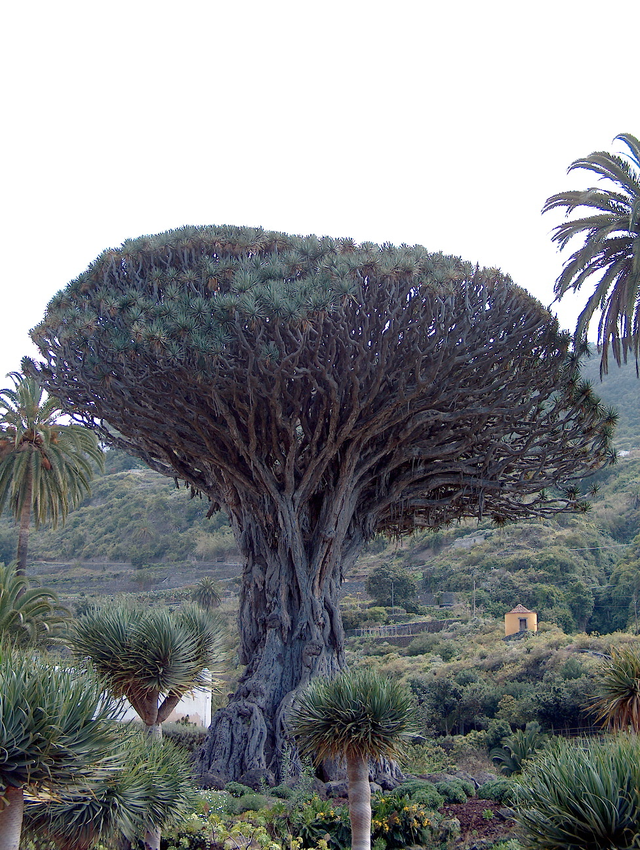
Dradon’s Blood (Sangre de Grado or Sangre de Drago) is red latex from a tree of the Peruvian Amazon, which became famous due to its high content of an alkaloid known as taspine and an oligomeric proanthosyanidine (SP-303). Dragon’s blood is rich in secondary metabolites like other alkaloids, phenols, sterols, lignans and other phenoloic compounds. Wound healing and cicatrization properties as well as anti-inflammatory and cytotoxic effects in tumor cells are attributed to the alkaloid taspine. The cicatrisation process is additionally supported by the proanthosyanidines (anti-oxidant effect) and the lignans. The antimicrobial effect of the polyphenols are strengthens the cicatrisation effect of the resin. Several scientific studies of different countries have proved the cicatrisation properties of Dragon’s Blood. The anti-ulcer effect has also been accounted for in scientific studies, indicating that its effect is supported by a gastric mucosa protective effect.
Further more, several studies have shown antiviral and antimicrobial activity against herpes virus, influenza, hepatitis, RSV, bacteria Gram (+), dermatophytic fungus amongst others.
Una de Gato (Cat’s Claw): powerful natural anti-inflammatory recommended for the treatment of arthritic and rheumatic problems, articulation and osteomuscular pains. Anti-mutagenic. Fortifies the immune system and it is also used as a collateral in cancer/tumor/AIDS treatments and other.

Cat’s Claw is one of Peru’s most important medicinal plants. In the First International Conference on this species, sponsored by the World Health Organization (WHO), it was pointed out that no other rainforest has ever prompted such worldwide attention since quinine was discovered in the bark of a Peruvian tree in the 17th century.
Peruvian jungle natives, as Ashaninkas, Campas and Amueshas, have been using this plant for a long time to heal many diseases.
There are many scientific studies that confirm the effects mentioned above, as well as others described in our data sheet. Several alkaloids, quinovic acid glycosides, triterpenes, sterols and many other phytochemical compounds, generating therapeutic effects, have been identified. The anti-inflammatory effect is related to quinovic acid glycosides while the immuno-stimulant effect is more related to the plant’s alkaloids. However scientific studies mainly conclude that the most interesting effect occurs when there is a combination of all active principles, since they have a synergic effect on the organism.
Cat’s Claw has been even compared with some known synthetic drugs like indomethacine or ibuprofen and the studied cases indicated greater effects from Cat’s Claw.
We must highlight the importance to check on the supplying source, which must assure the presence of the necessary active principles to create a beneficial health effect. In this respect, we have an exclusive know-how that identifies correctly the plants we use, guaranteeing a proved-quality product to our customers.
Plant-based ingredients for 20 health benefits.
Encapsulated full spectrum extracts.
| Product | |
|---|---|
| Product |
| Product | |
|---|---|
| Product |
| Product | |
|---|---|
| Product |
| Product | |
|---|---|
| Product |
| Product | |
|---|---|
| Product |
CONTACTS
Address
Fine Chem Trading LTD
124 City Road, London,
EC1V 2NX, UK
Phone
+44 20 7097 8726
General: contact@chemfinder.co.uk
Clients: sales@chemfinder.co.uk
Suppliers: suppliers@chemfinder.co.uk
